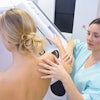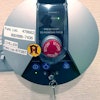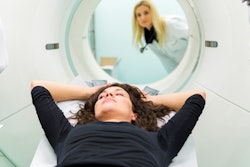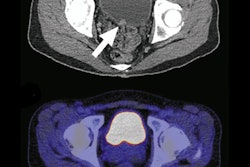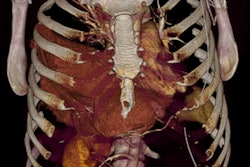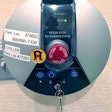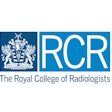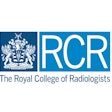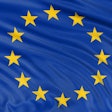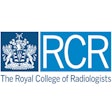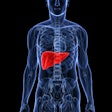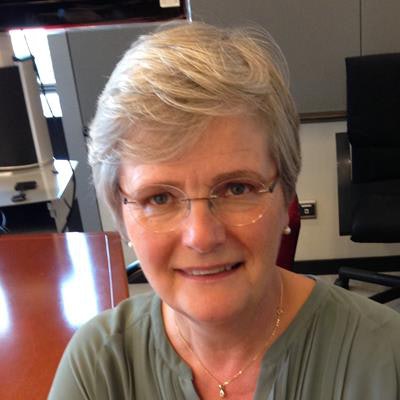
BRUSSELS - Effective communication among radiologists, referring physicians, and patients is essential to advance care, Lieve Wierinck, a Belgian Member of the European Parliament (MEP) and cancer survivor, told attendees at a special seminar held on 6 June at the European Parliament. The meeting was hosted by Croatian MEP Biljana Borzan and organized by the European Society of Radiology (ESR).
Radiologists must continuously monitor patients and gather data throughout the entire cancer care pathway to better understand where inefficiencies still persist and how they can be tackled, according to Wierinck.
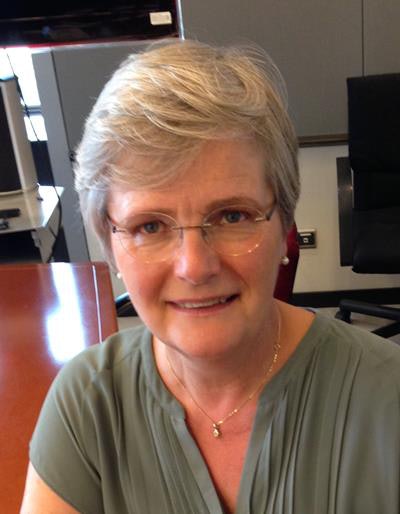 Lieve Wierinck.
Lieve Wierinck."It is important that we do not look at these aspects in isolation, but that we tackle them all together," she said.
Wierinck has been a key voice on healthcare reforms in Belgium where the cancer survival rate rose from 55% to 61% for men, and from 65% to 68% for women from 2003 to 2008, a surge credited to improved prevention and better treatment.
"Patients should be more involved in the entire process," she said. "While giving them a stronger voice in any reform or measure aimed at improving efficiency in cancer care, we should also raise awareness about patients' role in improving efficiency."
Pearls from Parizel
Dr. Paul Parizel, past president of the ESR, said medical imaging was "the cornerstone of a correct diagnosis, guiding the path toward the most appropriate treatment and follow-up of patients." He mentioned other recent measures adopted by the European Union (EU) affecting the radiology sector like the basic safety standards (BBS) and the EU's comprehensive digital single market strategy, and said everyone should work to ensure a smooth implementation of the new rules.
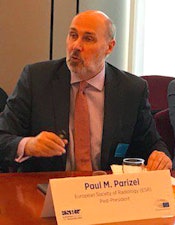 Dr. Paul Parizel.
Dr. Paul Parizel."Policy-making does not end with the publication of a new regulation in the EU's official journal," he said. "In some ways, cooperation between patients, professionals, and industry working together with legislators and policy-makers has its most added value as a policy is translated from paper into real life."
Healthcare stakeholders like patient groups and industry associations need to be more involved as the EU rolls out new health and medical device rules, other speakers warned.
Borzan advocated more stakeholder engagement, and she welcomed new rules aimed at regulating medical devices and evaluating new health technologies, saying they would improve healthcare across the bloc.
"We need common standards to drive quality for patients, safeguard their rights to care across borders, and enhance the mobility of health professionals," she said.
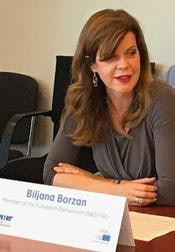 Biljana Borzan.
Biljana Borzan.Borzan, a co-founder in 2015 of a cross-party interest group on patient access to healthcare, called on the different EU institutions to use stakeholder expertise and networks to ensure the planned health reforms are successful. She said she expected patient groups and industry associations like the ESR to be closely involved as the EU reshapes its health technology assessment (HTA) to embrace the digital era. She supported the aims of the HTA, which standardizes the data required by EU countries to measure the added value of a given health technology.
The EU has had a single approval system for new medicines since 2004, but the HTA has remained a matter for national governments, who set national pricing, reimbursement, and market-access decisions.
Borzan also praised the new EU Medical Devices Regulation (MDR), which MEPs backed last year as "a stand-out example of the importance of guaranteeing patient safety while safeguarding Europe's place as a world-leading marketplace for technological innovation." She said the measure, which comes into effect in May 2020, will give new protections for patients and users.
Radiation safety & other topics
Michael Hübel, the head of the Unit for Radiation Protection and Nuclear Safety at the European Commission's Directorate-General for Energy (DG ENER) noted that EU regulation in radiation goes back to the very beginning of the European project: The oldest health standard in the bloc is the regulation on medical exposures in the European Atomic Energy Community (Euratom) Treaty of 1957. He said the commission was currently looking at radiation exposure to certain vulnerable groups like children, as well as training, information to patients, pregnancy and breastfeeding, equipment, and accidental exposures.
Pascal Garel, the chief executive of the European Hospital and Healthcare Federation (HOPE), said some of the new medical devices could mean more and more patients stay at home. He urged the EU to guarantee stakeholder involvement "by design" in policymaking.
Erik Briers, from the European Prostate Cancer Coalition (Europa Uomo), who spoke on behalf of the ESR's Patient Advisory Group, said he was concerned that patients were being removed from decision-making processes.
"Some things are not done in the best interests of patients, but rather for the radiologists," he said. "We hear radiology professionals sometimes ask why they need to consult with patients on their research because they don't understand the sophisticated technology."
Nicole Denjoy, secretary general of European Coordination Committee of the Radiological, Electromedical, and Healthcare IT Industry (COCIR), which represents Europe's medical imaging, radiotherapy, and electromedical industries, noted that although it has been over a year since MEPs adopted the MDR, it still had to be implemented. She urged authorities to work with stakeholders, including industry, to ensure the measures enhance patient safety while encouraging innovation.


